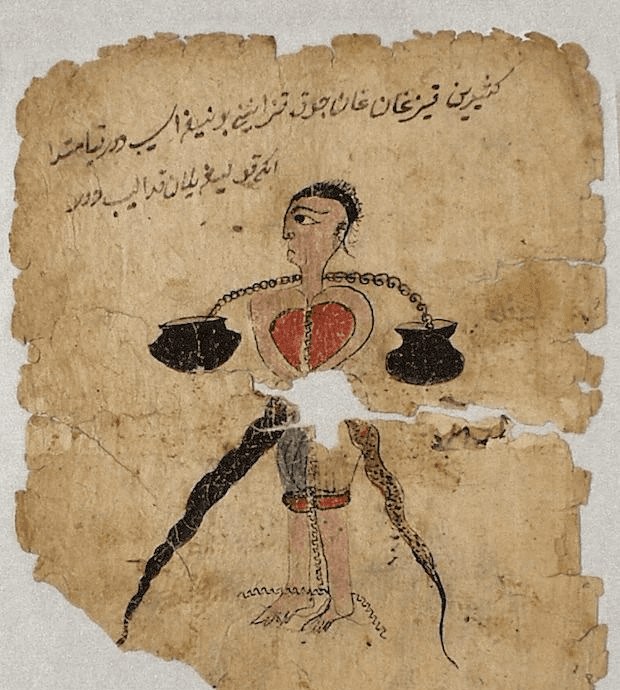Sep 13, 2024
Staying Healthy
Heart disease disproportionately affects people of South Asian descent, who make up 25% of the global population but account for 60% of heart disease cases. Scientists are investigating the genetic, environmental, and socio-economic factors contributing to this elevated risk.
Genetic Links to Heart Disease
Genetic studies in South Asians, such as the 10,000-genome project in India, are uncovering unique mutations that may explain the higher risk of heart conditions and diabetes. One notable mutation linked to cardiomyopathy, a condition that weakens the heart, has been found in about 4% of South Asians. Other genetic markers related to triglyceride metabolism are also being explored, offering potential avenues for new treatments.
The Role of Environment and Lifestyle
However, genetics alone do not explain the high incidence of heart disease. Environmental factors, such as changes in diet and decreased physical activity, have also contributed to the rise of heart disease and diabetes in South Asians, especially after industrialization and globalization. For instance, South Asians tend to move from prediabetes to full-blown diabetes faster than other ethnic groups, making early intervention challenging.
Integrating Genetics and Lifestyle Data for Better Care
While polygenic risk scores (used to predict disease risk based on genetic variants) are increasingly used in healthcare, they are less accurate for South Asians due to limited representation in genetic research. To address this, researchers and healthcare professionals are calling for more inclusive studies and a holistic approach that considers both genetic and socio-behavioral factors.
A Comprehensive Approach to Heart Disease
Addressing heart disease risk in South Asians requires more than just genetic research. Experts emphasize the importance of studying the socio-economic, behavioral, and environmental influences on health, such as exercise habits and diet. Community-based interventions, like exercise programs and dietary counseling, are critical for preventing and managing heart disease in this population.
Read more in Nature and join 360/Health waitlist. 360/Health empowers users by consolidating genetic and lifestyle data in one platform, helping individuals better understand their risks and take actionable steps to improve heart health.
References
Martinez-Amezcua, P. et al. Circ. Heart Fail. 13, e007218 (2020).
https://doi.org/10.1161/CIRCHEARTFAILURE.120.007218
Uppal, N., Patel, A., Bhatt, D. & Natarajan, P. Circulation 148 (Suppl. 1), A12995–A12995 (2023).
https://doi.org/10.1161/CIRCULATIONAHA.122.029505
Raghavan, P. J. Ind. Med. Assoc. 10, 365–370 (1941).
Gupta, M., Brister, S. & Verma, S. Can. J. Cardiol. 22, 193–197 (2006).
https://doi.org/10.1016/S0828-282X(06)70229-2
Saleheen, D. et al. Nature 544, 235–239 (2017).
https://doi.org/10.1038/nature22034
Dhandapany, P. S. et al. Nature Genet. 41, 187–191 (2009).
https://doi.org/10.1038/ng.313
Rani, D. S. et al. CJC Open 4, 1–11 (2022).
https://doi.org/10.1016/j.cjco.2022.01.005
Patel, A. P. et al. Nature Med. 29, 1793–1803 (2023).
https://doi.org/10.1038/s41591-023-02589-1
Khan, S. S. et al. Circulation 148, 1982–2004 (2023).
https://doi.org/10.1161/CIRCULATIONAHA.123.062514
Lamri, A. et al. eLife 11, e81498 (2022).
https://doi.org/10.7554/eLife.81498
Martyn-Nemeth, P. et al. J. Immigr. Minor. Health 19, 309–317 (2017).
https://doi.org/10.1007/s10903-016-0364-4
Venkat Narayan, K. M. & Kanaya, A. M. Diabetologia 63, 1103–1109 (2020).
https://doi.org/10.1007/s00125-020-05134-4
Patel, A. P., Wang, M., Kartoun, U., Ng, K. & Khera, A. V. Circulation 144, 410–422 (2021).
https://doi.org/10.1161/CIRCULATIONAHA.121.053785
Lee, M. M. Y., Ghouri, N., McGuire, D. K., Rutter, M. K. & Sattar, N. Diabetes Care 44, 1236–1241 (2021).
https://doi.org/10.2337/dc21-0111
